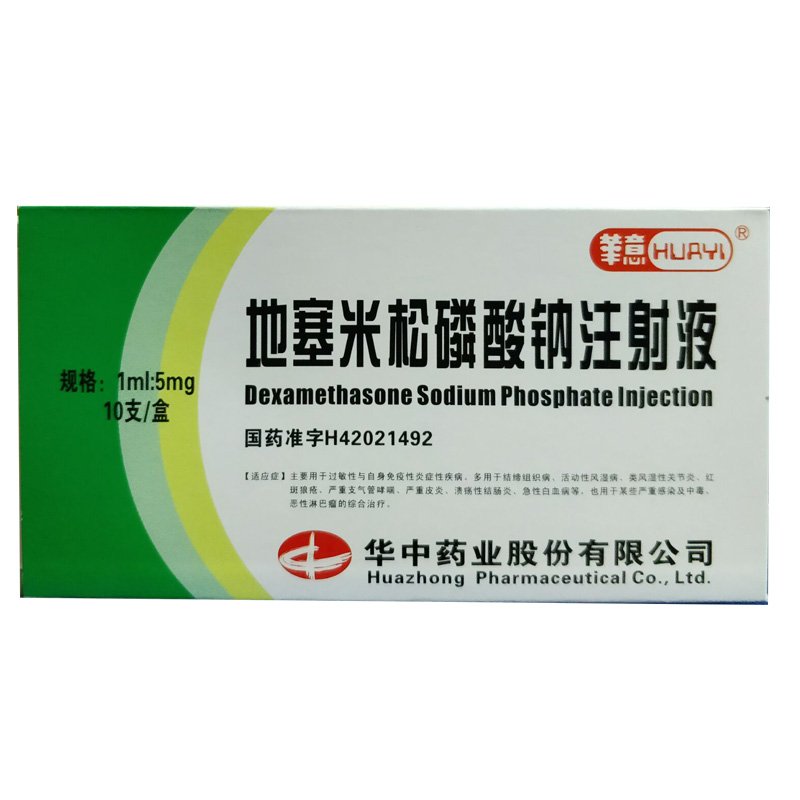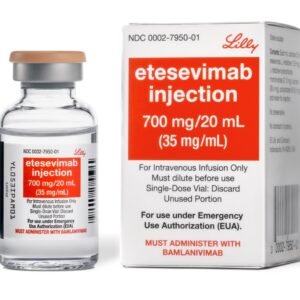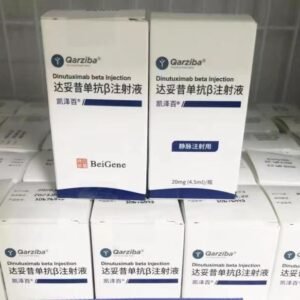Dexamethasone Sodium Phosphate for Injection
Effects and efficacy:
Dexamethasone sodium phosphate eye drops are used for iridocyclitis, iritis, keratitis, allergic conjunctivitis, blepharitis, dacryocystitis, etc. Dexamethasone sodium phosphate for injection and dexamethasone sodium phosphate injection are used in combination with antibiotics to treat severe infections. Dexamethasone sodium phosphate injection is used with anti-tuberculosis drugs to treat tuberculous granulomas and tuberculous pleurisy. Dexamethasone sodium phosphate injection is used in combination with other immunosuppressants to treat autoimmune diseases. Dexamethasone sodium phosphate injection is used in combination with antiallergic drugs (such as antihistamines) to treat severe allergic diseases. Dexamethasone sodium phosphate injection is used in combination with anti-tumor drugs (such as cyclophosphamide) to treat malignant tumors.
Usage and dosage:
Dexamethasone sodium phosphate eye drops are applied to the eyes 3-4 times a day, and shake well before use. The general dose of dexamethasone sodium phosphate for injection and dexamethasone sodium phosphate injection is 2-20 mg per intravenous injection. When intravenously dripping, it should be diluted with 5% glucose injection. The drug can be repeatedly administered every 2-6 hours until the condition is stable, but continuous administration of large doses generally does not exceed 72 hours. It can also be used to relieve brain edema caused by malignant tumors. The first dose is 10 mg intravenously, followed by 4 mg intramuscularly every 6 hours. Generally, the patient can improve in 12-24 hours, and the dose is gradually reduced after 2-4 days, and the drug is stopped after 5-7 days. For brain tumors that are not suitable for surgery, the first dose can be 50 mg intravenously, and then 8 mg is repeated every 2 hours. After a few days, it is reduced to 2 mg per day, and administered intravenously in 2-3 times. For intrathecal injection, 5 mg is injected each time, and the injection is injected once every 1-3 weeks; intra-articular injection is generally 0.8-4 mg each time, depending on the size of the joint cavity.
Adverse reactions:
Long-term and frequent use of dexamethasone sodium phosphate eye drops can cause glaucoma, cataracts, and induce fungal blepharitis. Dexamethasone Sodium Phosphate for Injection and Dexamethasone Sodium Phosphate Injection Glucocorticoids have no obvious adverse reactions when using physiological dose replacement therapy. Adverse reactions mostly occur when using pharmacological doses, and are closely related to the course of treatment, dosage, type of medication, usage and route of administration. The adverse reactions of this product are as follows: Infection: Concurrent infection (such as fungal, bacterial and viral infections) is the main adverse reaction of adrenocortical hormones, especially in the case of long-term or large-scale use. Gastrointestinal tract: Gastrointestinal irritation (nausea, vomiting), pancreatitis, peptic ulcer or perforation. Neuropsychiatric system: Patients may experience mental symptoms: euphoria, excitement, insomnia, delirium, restlessness, disorientation, and may also be manifested as inhibition. Mental symptoms are prone to occur in people with chronic wasting diseases and those who have had mental disorders in the past. Benign intracranial hypertension syndrome. Endocrine system and water and electrolyte disorders: iatrogenic Cushing’s syndrome facial and body shape, weight gain, lower limb edema, menstrual disorders, hypokalemia, growth inhibition in children, impaired glucose tolerance and aggravation of diabetes. Musculoskeletal: Ischemic osteonecrosis, osteoporosis and fractures, muscle weakness, and muscle atrophy. Local application site: Acute inflammation after intra-articular injection. Tissue atrophy after muscle and subcutaneous injection causes depression, as well as skin pigmentation or hypopigmentation, and tendon rupture. Skin and its appendages: Purple lines, easy bleeding tendency, poor wound healing, acne, itching in the perineum or perianal area, fever, and tingling. Eyes: Backlit eyes, cataracts. Allergic reactions: Symptoms include rash, itching, facial flushing, palpitations, fever, chills, chest tightness, and dyspnea. In severe cases, allergic reactions may occur. Glucocorticoid withdrawal syndrome: Sometimes patients experience dizziness, tendency to faint, abdominal pain or back pain, low fever, loss of appetite, nausea, vomiting, muscle or joint pain, headache, fatigue, and weakness after stopping the drug. If adrenal cortex insufficiency and recurrence of the original disease can be ruled out after careful examination, it can be considered as a syndrome of dependence on glucocorticoids. Others: hiccups, Charcot arthropathy, abnormal liver function, leukocytosis, thromboembolism.
Drug contraindications:
Allergic to this product is prohibited for athletes to use with caution. Use with caution during lactation. Use with caution during pregnancy. Use with caution in children with liver and kidney dysfunction.
Share:
Products
Our offers
Health Classification
Let us work together to protect precious health






























